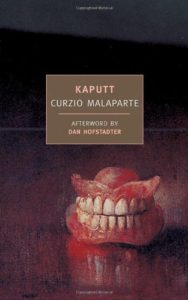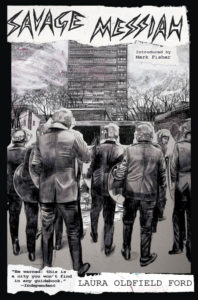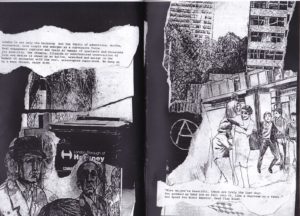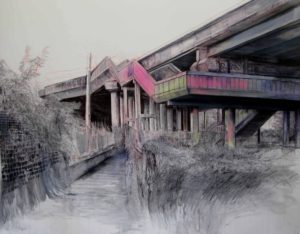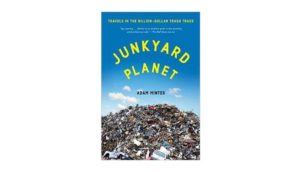This is a horror novel.
This is a book about a horror lurking in the heart of the 20th century. Not “the” horror. Just “a” horror. Because that’s just how bad the 20th century was.
Curzio Malaparte was born Kurt Eric Suckert and he was a fascist right from the beginning of fascism. Huge admirer of Mussolini. Such a huge admirer that Mussolini had him thrown in jail for being such an extreme fascist. Due to his contacts among both the Italian nobility and the Italian government, he was released but sent into a kind of exile as a journalist covering the Eastern Front for Corriere della Sera, the Milan daily newspaper. This book comes out of what he saw during World War 2.
Is this book fiction?
Is this book non-fiction?
Does it fucking matter?
But, yeah, fuck Stephen King. Fuck Thomas Liggotti. Fuck Caitlin Kiernan. They write the best horror novels/stories but when I want a real horror story, I read Kaputt.
For real horror, I read the part of this book that’s about the dinner with Reichminister Frank, Governor General and self proclaimed king of Poland, his wife, and assorted hangers-on in the Imperial Palace in Wroclaw, Poland. A scene of horror as painted by Grosz, as Malaparte says. Power and death, pitiless and fully in the hands of imbecilic boors with grease on their lips. Grease from the fatty foods that are displayed on the table, each course brought out from the kitchen and displayed. And the true skeleton at the feast, the escapee from the House of Usher, the figure that makes Malaparte feel fear rather than contempt. The Gestapo officer at the far end of the table. That’s horror. That’s scary. That’s horrific. That’s really good writing.
And I read the part about the horses frozen into Lake Lagoda while trying to escape a Finnish attack on a Soviet artillery column. The horses look like hell’s own carousel. That’s what I go to when I want really good writing.
The visit to the Warsaw ghetto. The venison dinner afterwards with officials of the Third Reich. Point. Counterpoint. The afternoon spent with Prince Eugene of Sweden and the horses of Tivoli and the memories of the Italian nobility he has known. The memories of war in the Ukraine and the plain of dead men and dead machines. Point. Counterpoint.
That’s the form of the book. He meets some noble that he knows: a count, a Hohenzollern princess. They greet him by name. They talk about like during wartime. And then he tells them a story. A story about what he’s seen. A horror story.
The surreal drinking party in Finland, the suicidal German soldiers, the Alpenjaegers, who have been driven mad by the endless forests of Lapland, and Himmler naked in a sauna.
What they see when they open the freight train car door in Iasi, Romania. Why there’s only a baby left alive in that freight car. Why is it a snide star-fucker Italian wannabe aristo who brings us these images, these truths? The heart of the 20th century.
This book ends with the Boschian scenes in the caverns underneath Naples where people have gathered to wait out the Allied bombing of the city. The deformed driven from the refuge of their homes, a mob of monsters. The soup kitchens, the births, the prayers, all the while bombs drop on to the city above.
Malaparte is the master of the ironic turn of phrase. The armor of cynicism, he pulls it close around himself.
Read this book. Read Nixonland. And you’ll start drinking as much as I do to make the 20th century hurt as little as possible.
